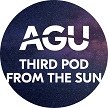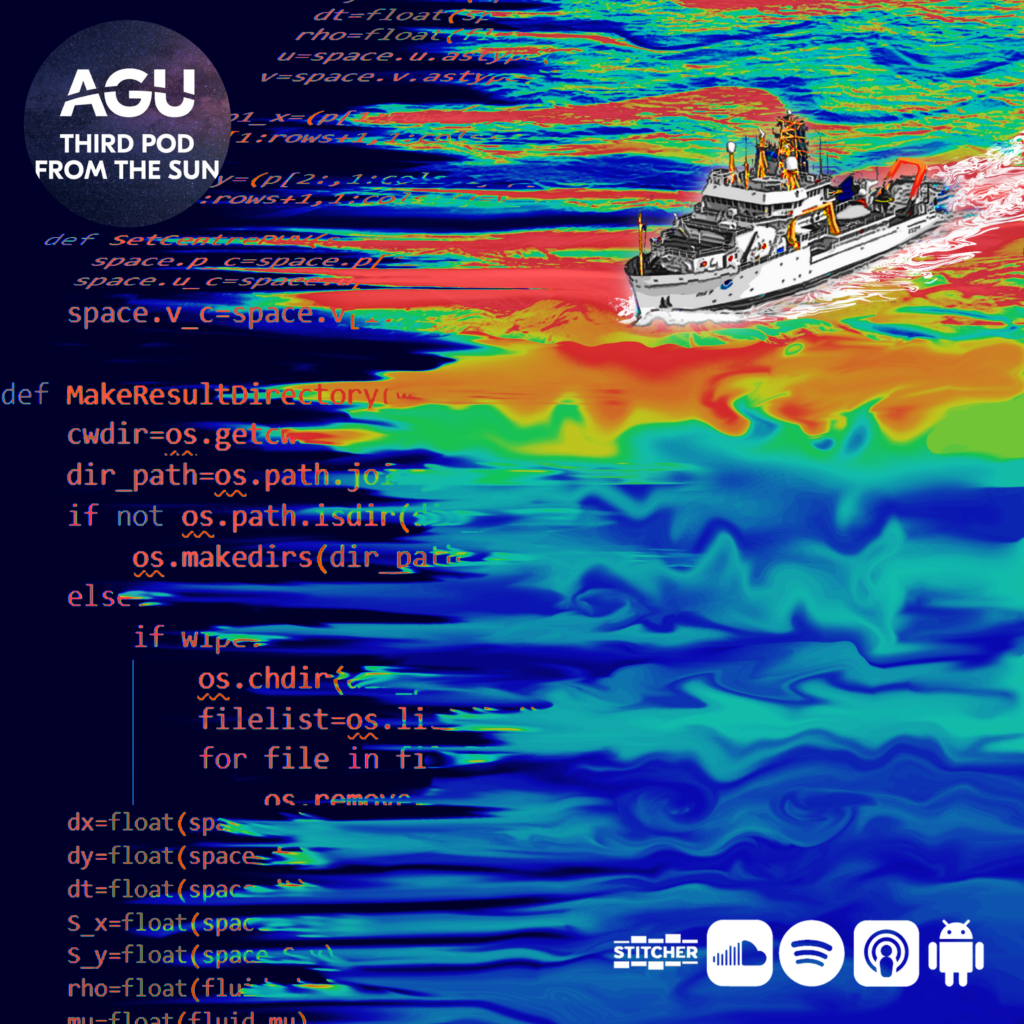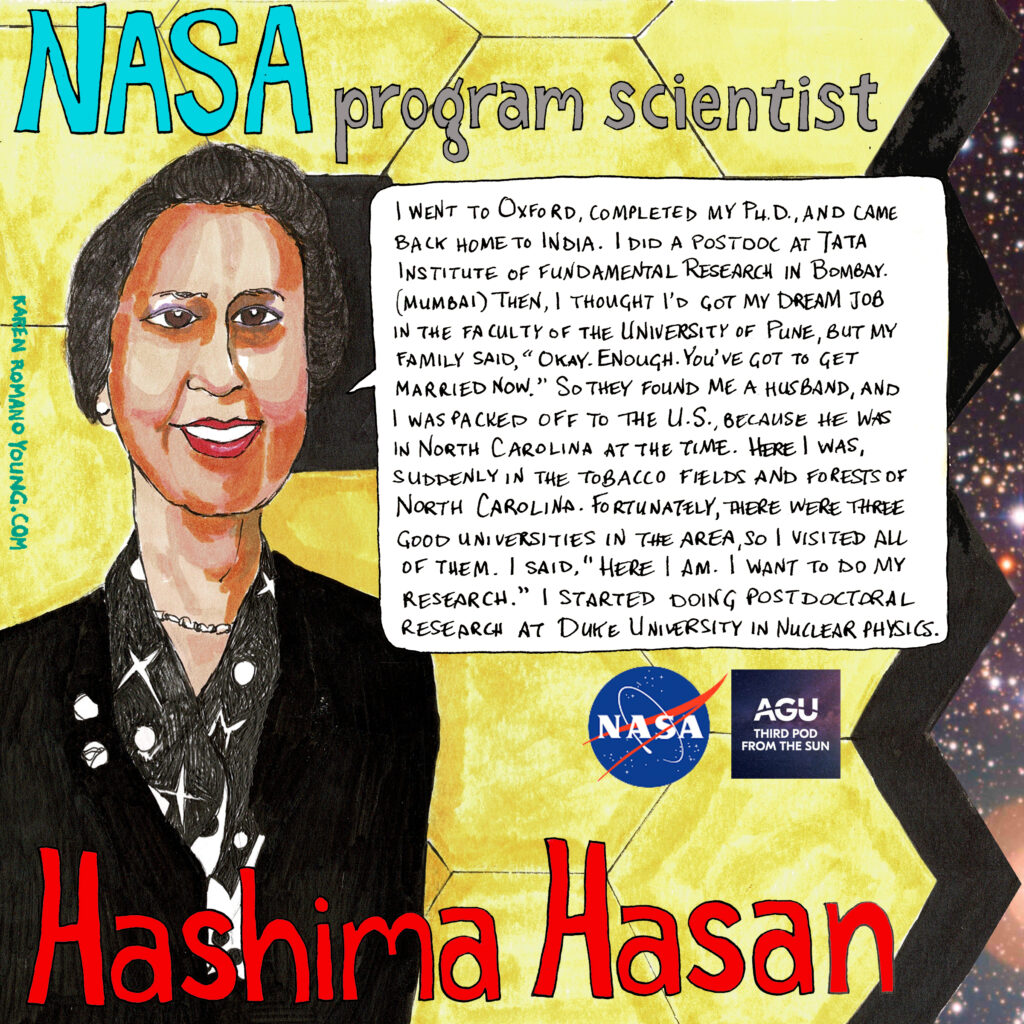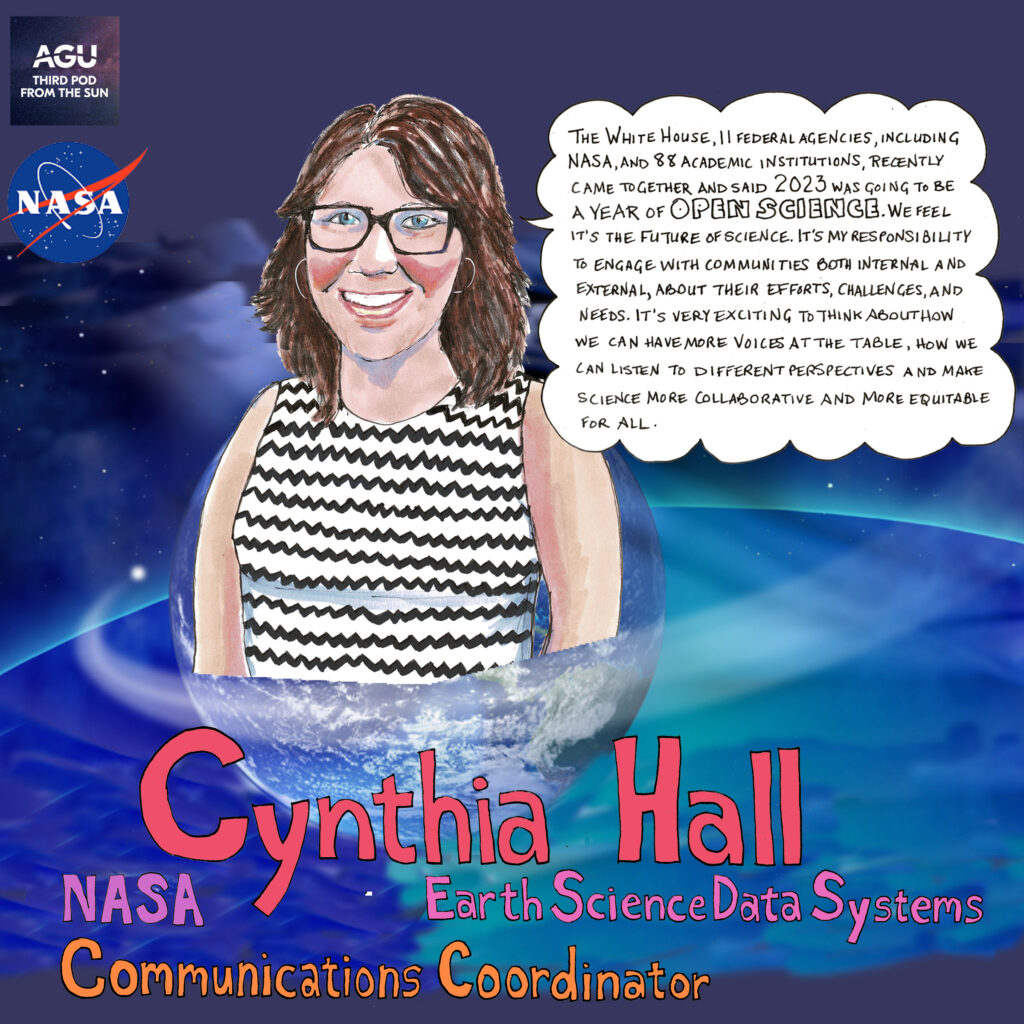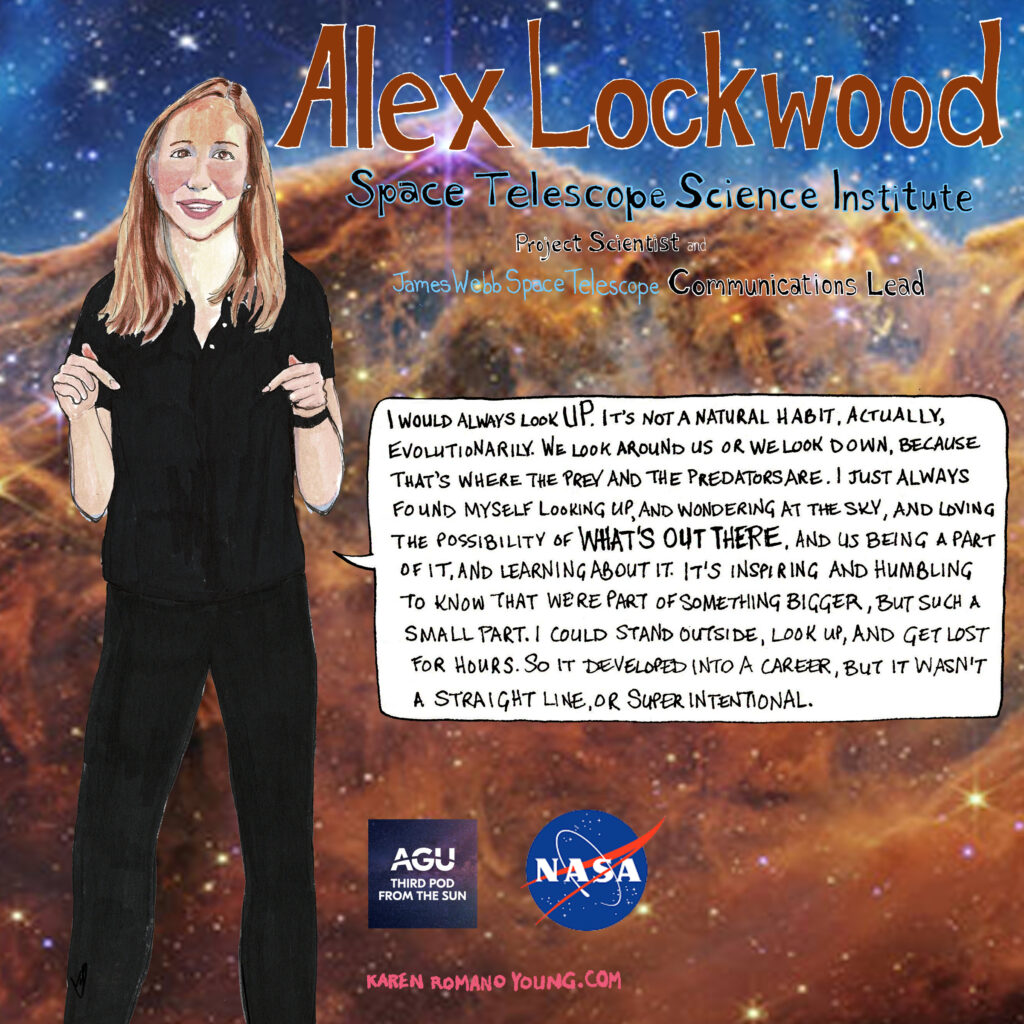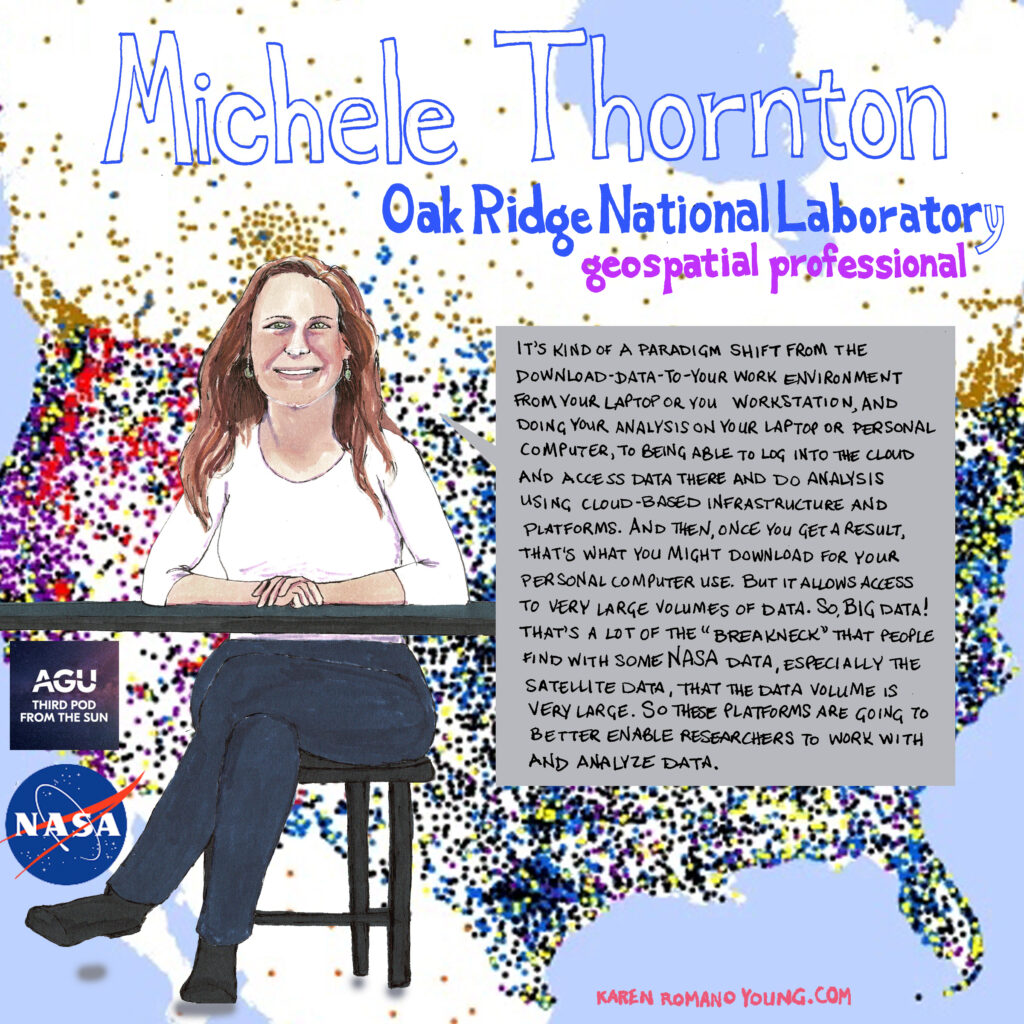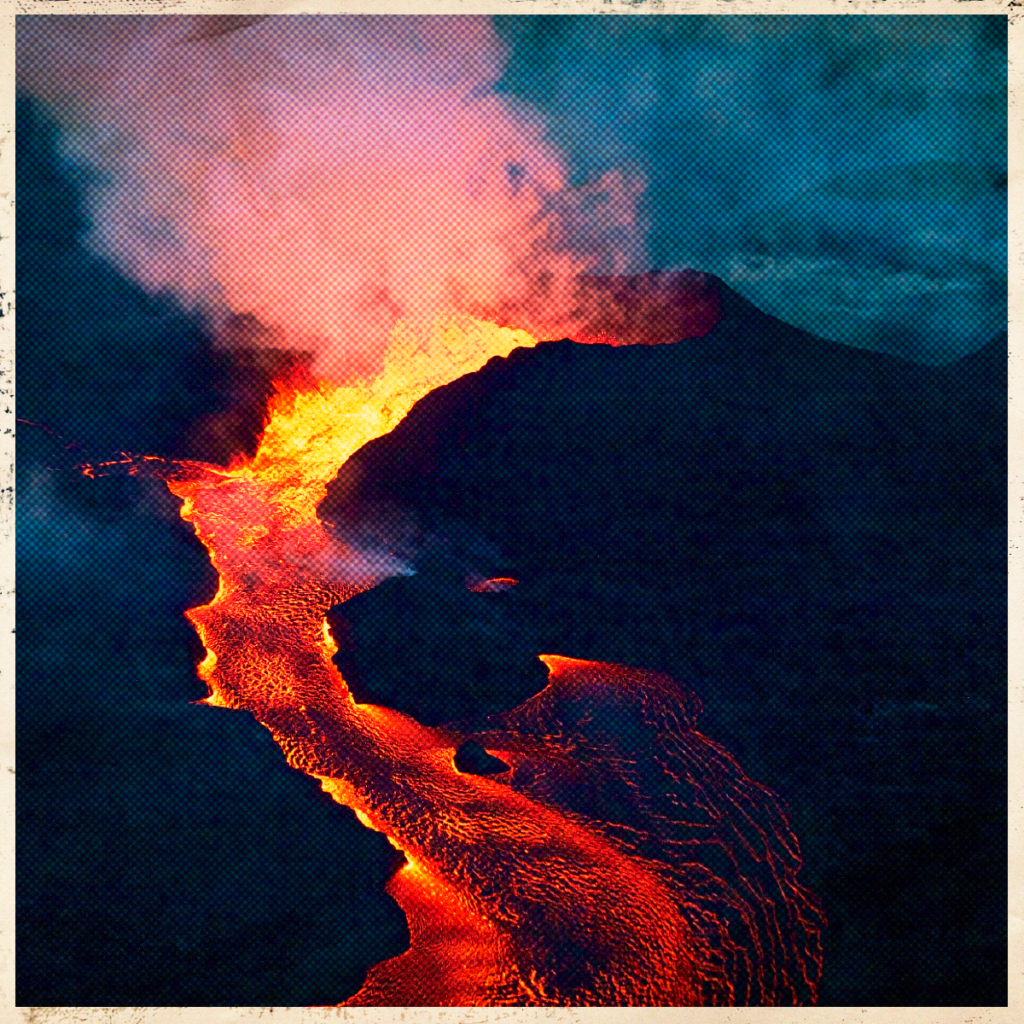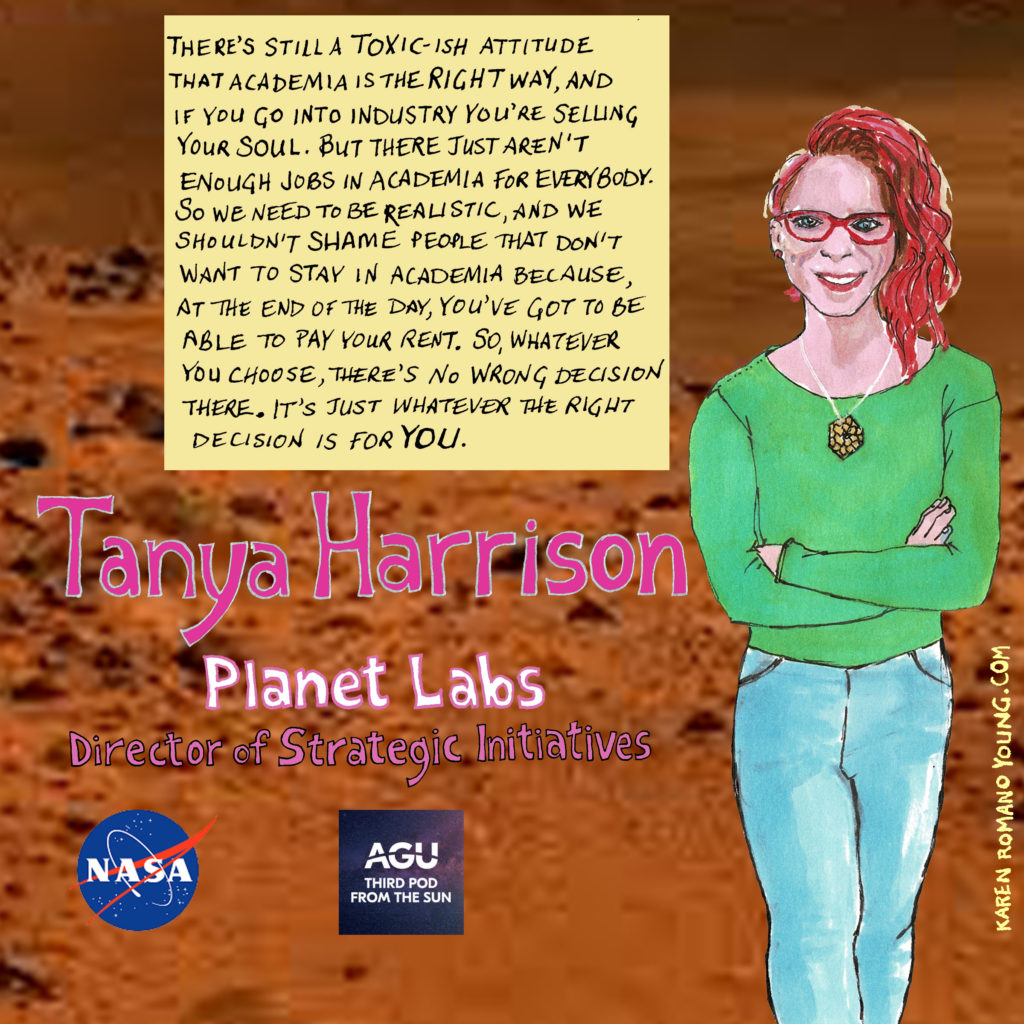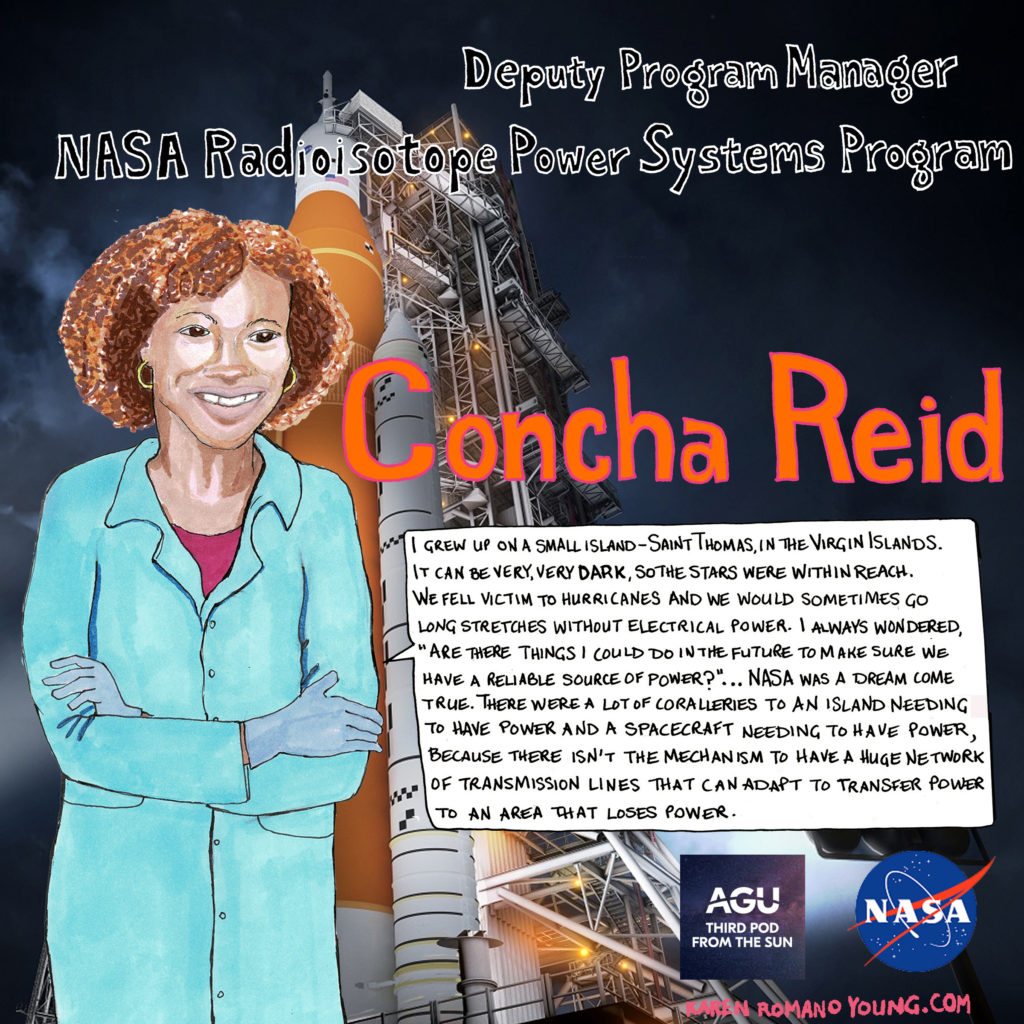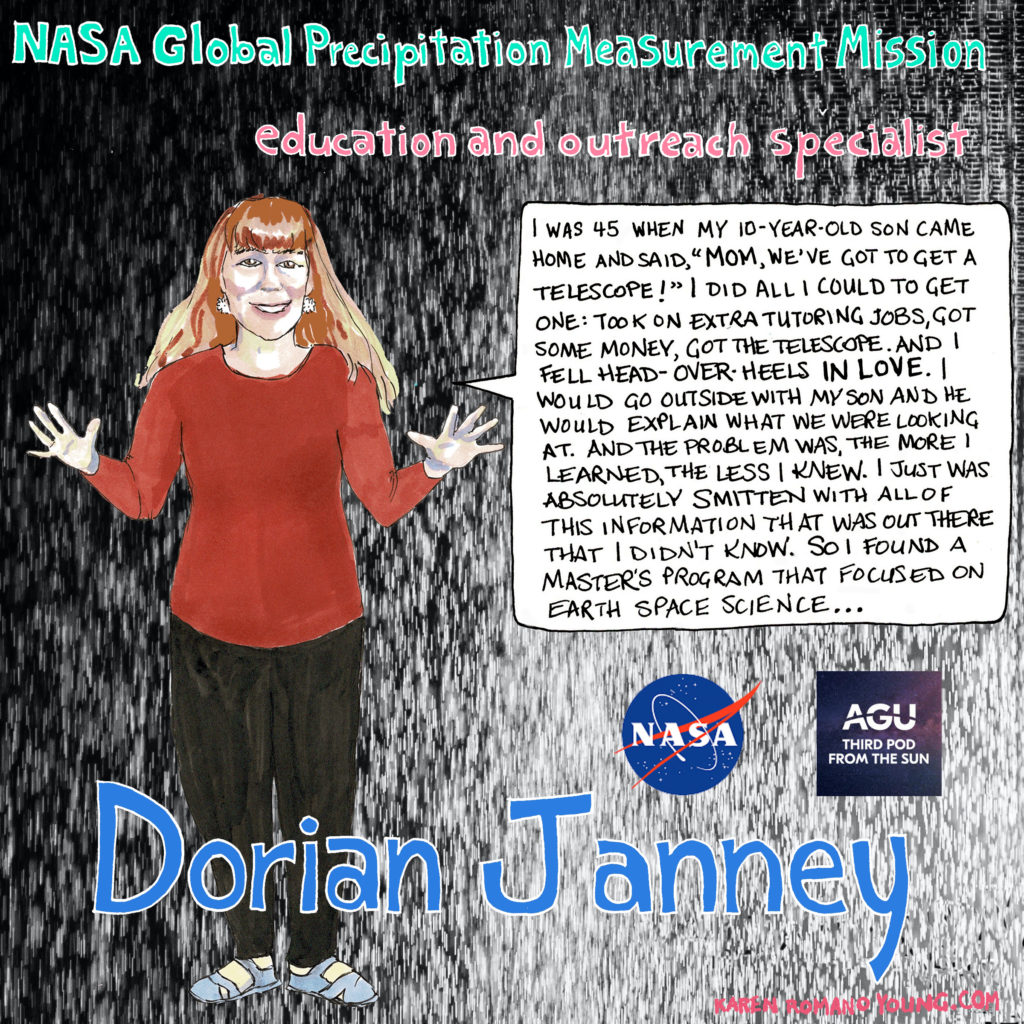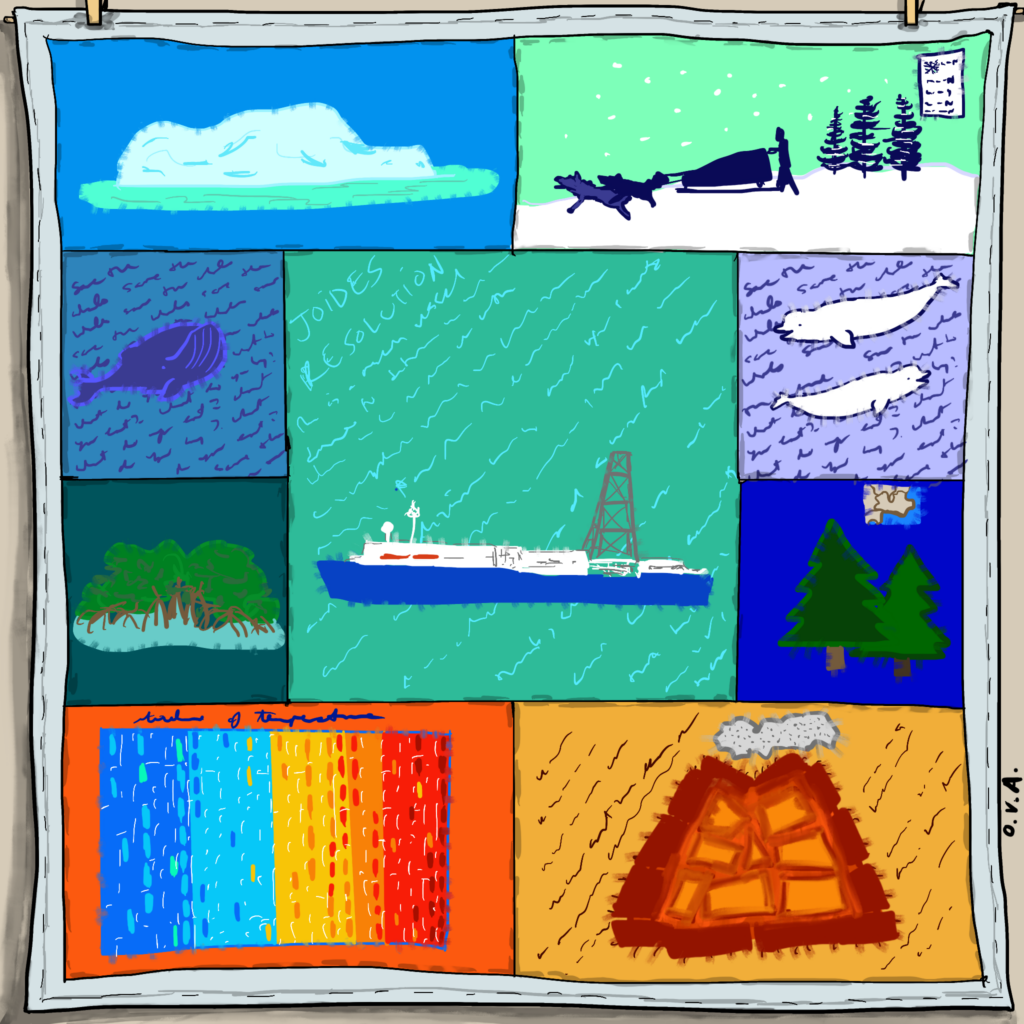Women in Science
Solving for climate: Coasts in the machine
The Earth’s oceans play a crucial role in regulating the planet’s climate by absorbing and storing vast amounts of heat and carbon dioxide from the atmosphere. However, due to human activities such as the burning of fossil fuels and deforestation, the oceans are warming at an alarming rate. This increase in ocean temperature is causing a range of devastating impacts, from more frequent and severe storms to rising sea levels and bleached coral reefs.
Read MoreOne giant leap: For beating the odds and troubleshooting telescopes
Hashima Hasan is the program scientist for NASA’s James Webb, IXPE, and NuSTAR telescopes, helping to bring those missions from cradle to grave. Hashima followed the space race closely growing up in India, which inspired her to navigate into the sciences from a world where girls were told that they couldn’t.
Read MoreOne giant leap: For opening up the sciences
Cynthia Hall is the community coordinator for NASA’s Transform to Open Science program, where she works with organizations and communities to build diverse scientific collaborations with NASA. She works to make scientific research and processes more inclusive and accessible to everyone.
Read MoreOne giant leap: For James Webb and scientists on the silver screen
Dr. Alex Lockwood is the project scientist on the science communication team for the James Webb Space Telescope at the Space Telescope Science Institute. While earning her Ph.D. in Planetary Astronomy and Science, Alex had the unique opportunity to star in a movie about the challenges faced by grad students.
Read MoreOne giant leap: For space librarians & accessible data
When it comes to data archiving, Michele Thornton has you covered. As a Geospatial Data Professional for ORNL-DAAC, Michele ensures that NASA funded research is accessible not only to researchers out in the field but to a larger user community – archival work that is vital for future researchers.
Read MoreYour favorites: Not your science fair volcano
For many of us, the word “extinctions” conjures up images of dinosaurs, asteroids, and (maybe?) volcanos. And while that last point did likely play a role in the demise of the dinosaurs, volcanos in their own right can go extinct.
Read MoreYour favorites: A Martian on Earth
Tanya Harrison never thought she was going to be an astronaut. But she was determined to go to space. And she did just that – through satellites, first to Mars, and now looking back at our own third rock from the Sun as she uses satellites to map places near and far.
Read More34-Spaceship Earth: Powering humans in space
As the Deputy Program Manager for NASA’s Radioisotope Power Systems Program at Glenn Research Center, Concha Reid leads a team overseeing and monitoring devices that heat and give power to NASA space projects, such as the recent Orion spacecraft for Artemis 1.
Read More32-Spaceship Earth: A love of space through a son’s telescope
Sparked into Earth Space Science through her son’s curiosity with space, we talk to Dorian on how her journey as an educator and life-long learner led to working on NASA’s Global Precipitation Measurement Mission as a Senior Outreach Specialist, and how citizen scientists from around the world are providing important work for researchers through the GLOBE Observer Project.
Read MoreDistillations: Quilting science & changing climates
When you think of a combo of science & art, what comes to mind? Drawings? Dance? Music? How about quilting? Laura Guertin, Professor of Earth Science at Penn State Brandywine, was looking for creative and innovative to do just that when she came across the idea of showing the effects of climate change (among other things) via quilts!
Read More